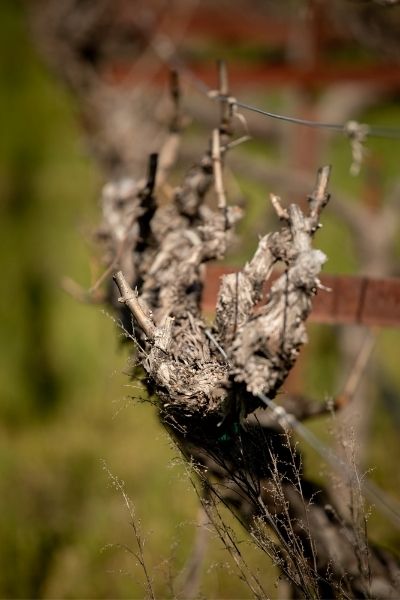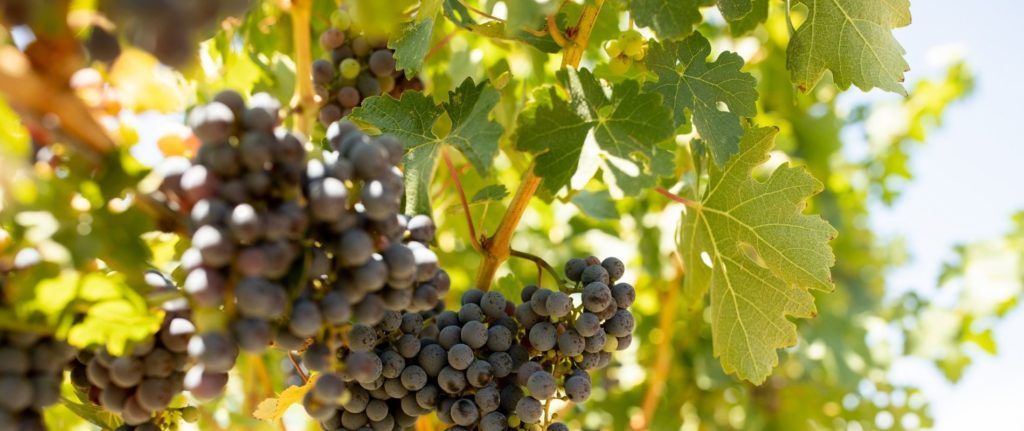Survival of the strongest canes
That’s a wrap folks – we’ve finished our winter pruning! Bud break is about a month away, give or take (depending on the varietal), and between the 300 sheep that visited for a month and our hardworking farm team methodically clipping the dormant vines, we are so ready to kick off the 2021 vintage!
Pruning is far from indiscriminate, requiring skill, speed, patience, foresight, and an intimate understanding of the ways in which vines grow once the buds arrive. An integral part of the grape growing process, pruning involves selective removal of up to 90% of the previous season’s vine growth. Timing is of the essence; too early may disrupt the transfer of nutrients from the woody part of the vines, and too late may delay bud break. We definitely don’t want that!

The main focus is on the vine’s canes – shoots that grow from the main trunk of the plant – containing the buds that will eventually bear fruit. The youngest, strongest canes less than a year in age will “make the cut” (pun intended). These canes are typically thicker, grow closer to the trunk, and are widely spaced. They grow the strength to hold heavy, full-grown grape clusters while allowing air to pass between neighboring canes, preventing excess moisture that can cause disease.
Another important part of pruning is controlling the future location and general development of the canopy. Proper canopy construction influences overall yield and health of the grapes, playing a heroic role in both capturing light energy and providing a shield from the scorching hot mid-day California sun in the warmer months. If too many buds are left, the canopy overcrowds, resulting in excess shade and a high crop load which the vine won’t have enough energy to ripen. Yikes!

By reducing the amount of fruit-bearing buds, the growth is concentrated to the best canes, and that’s where the real magic happens.
Stay tuned for more blogs about the grape growing cycle throughout the season!
